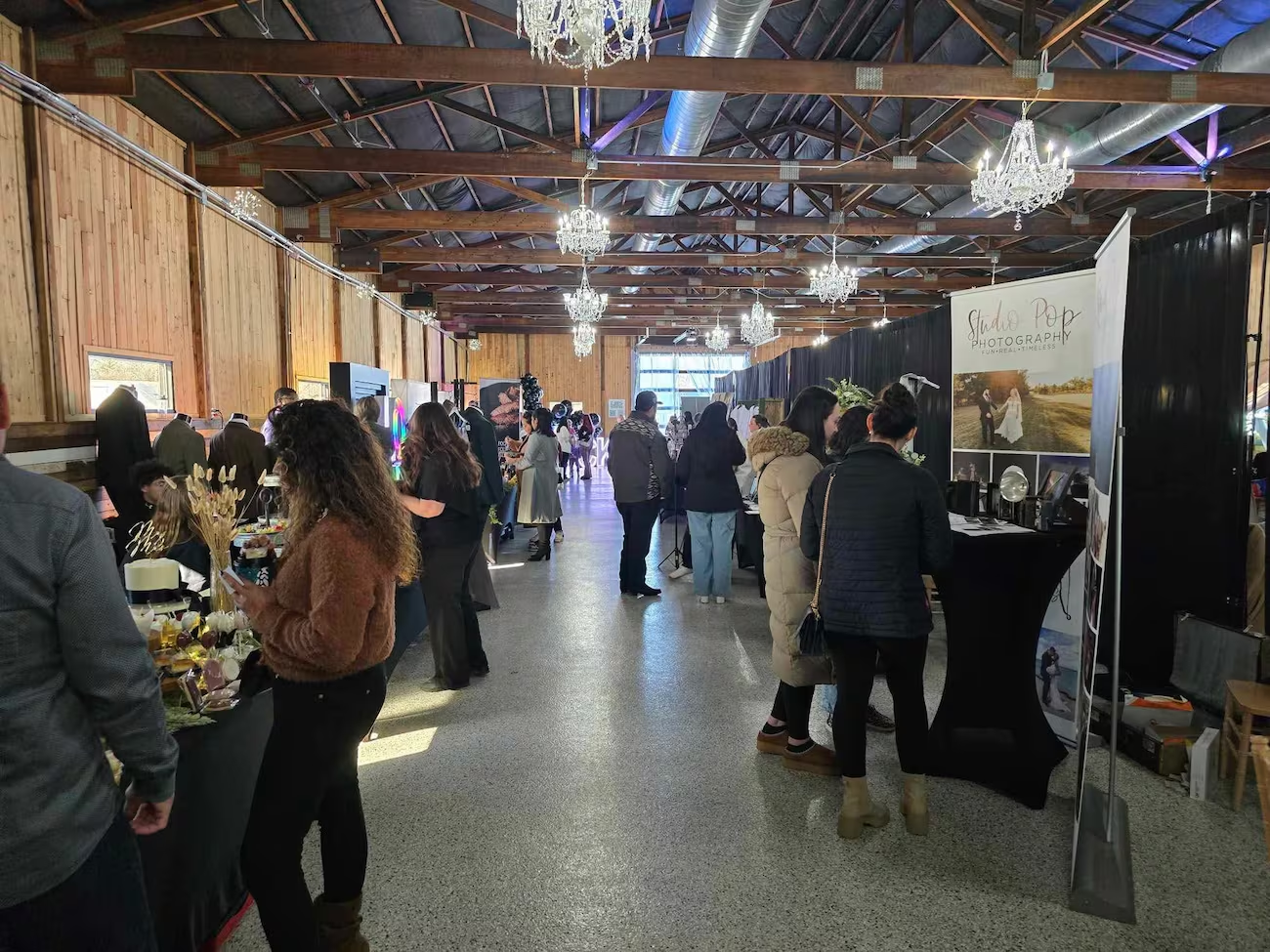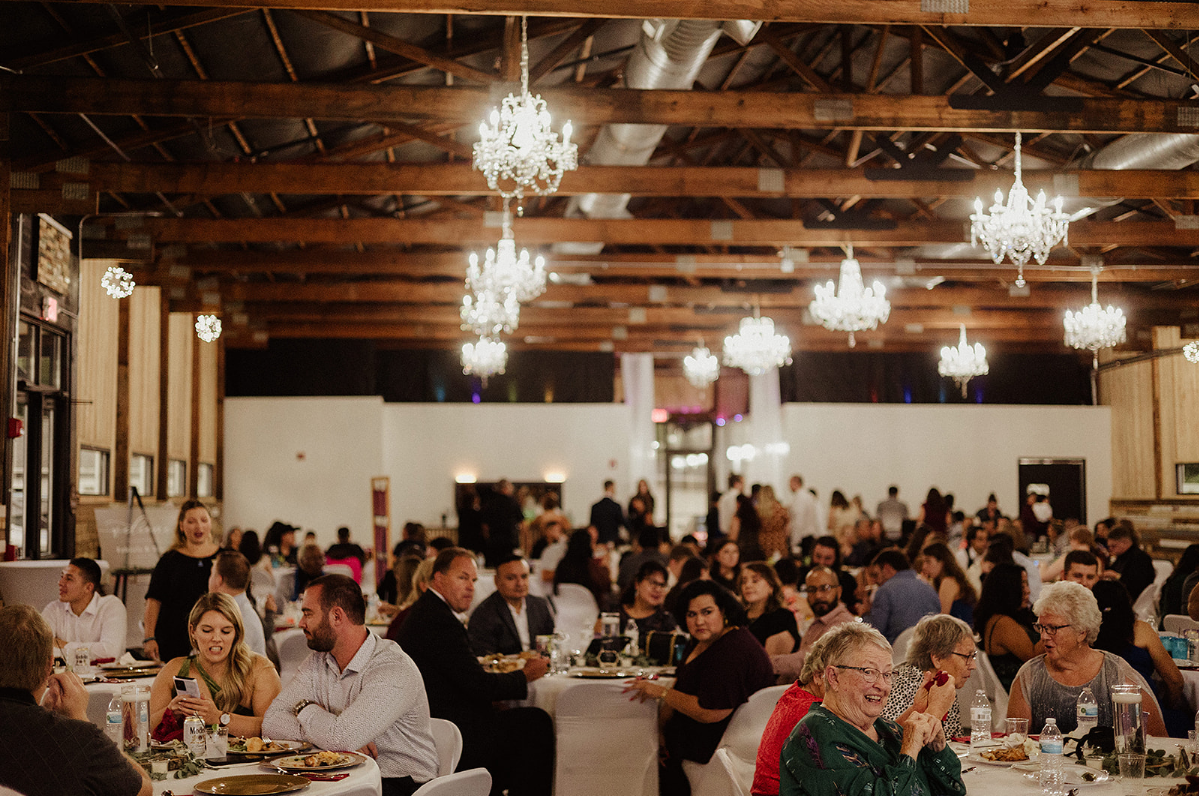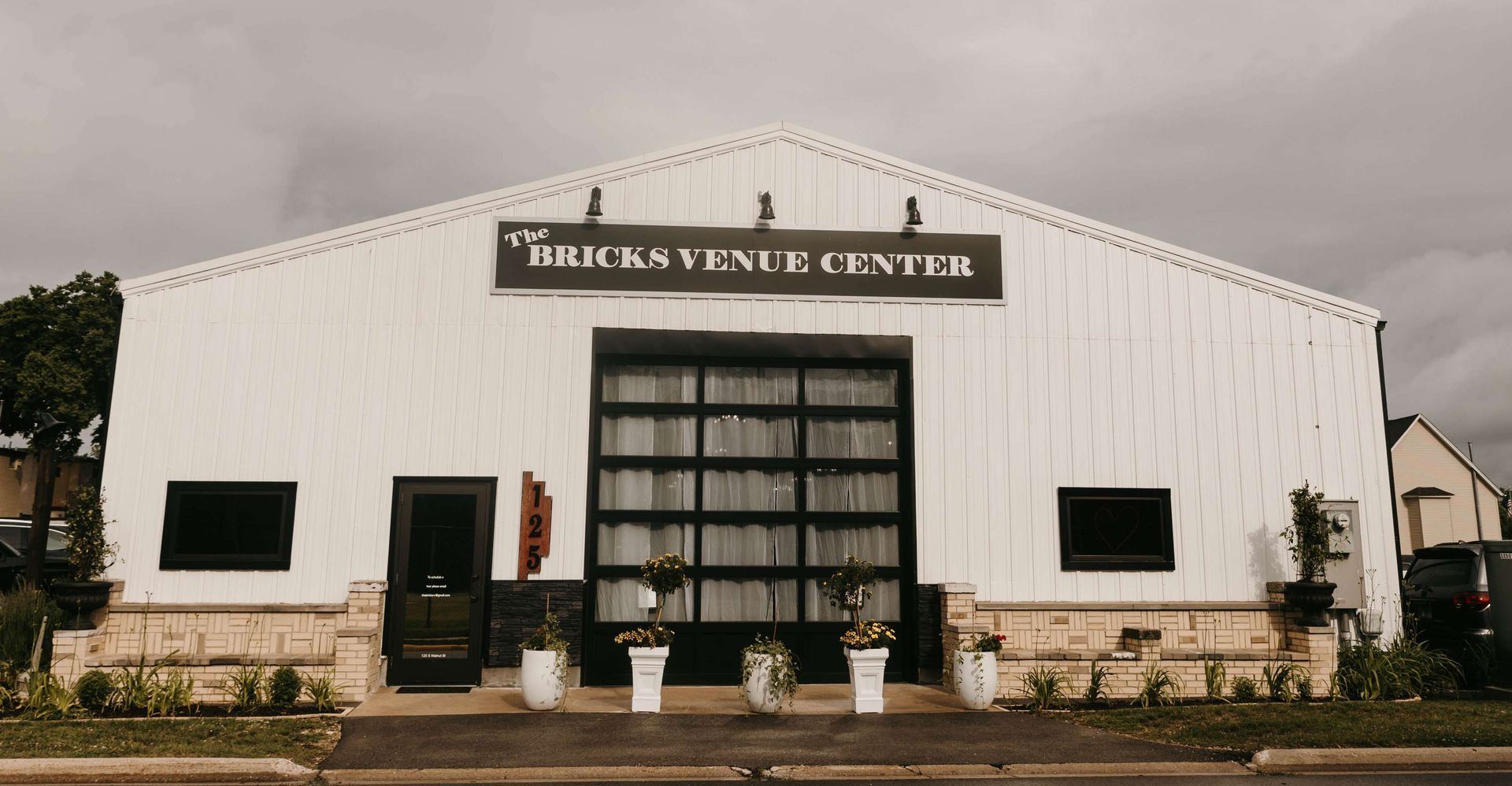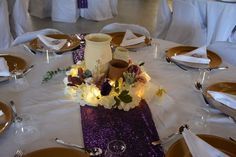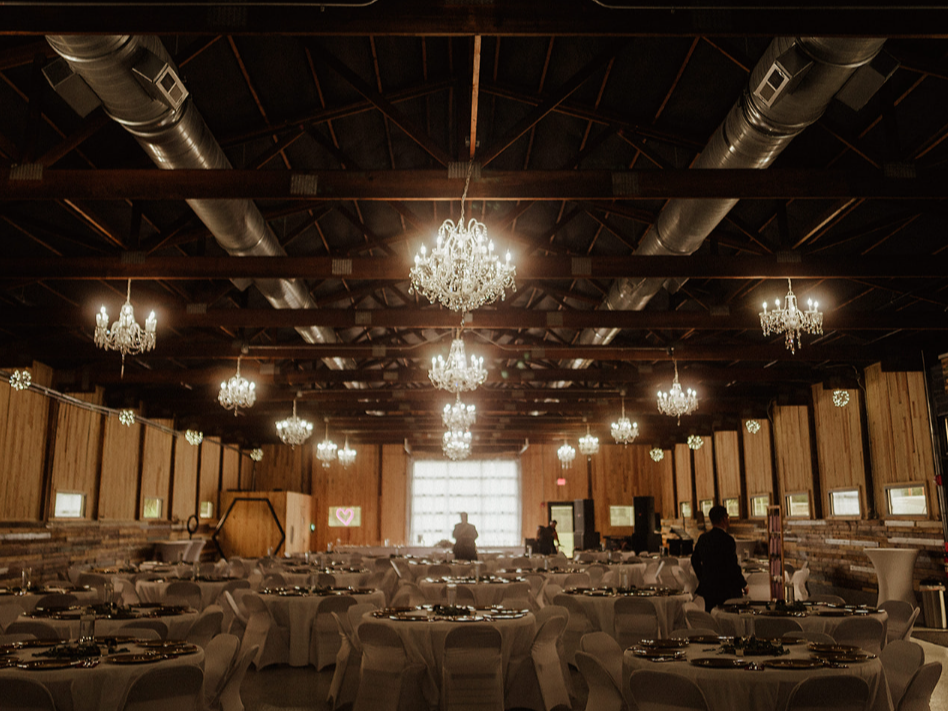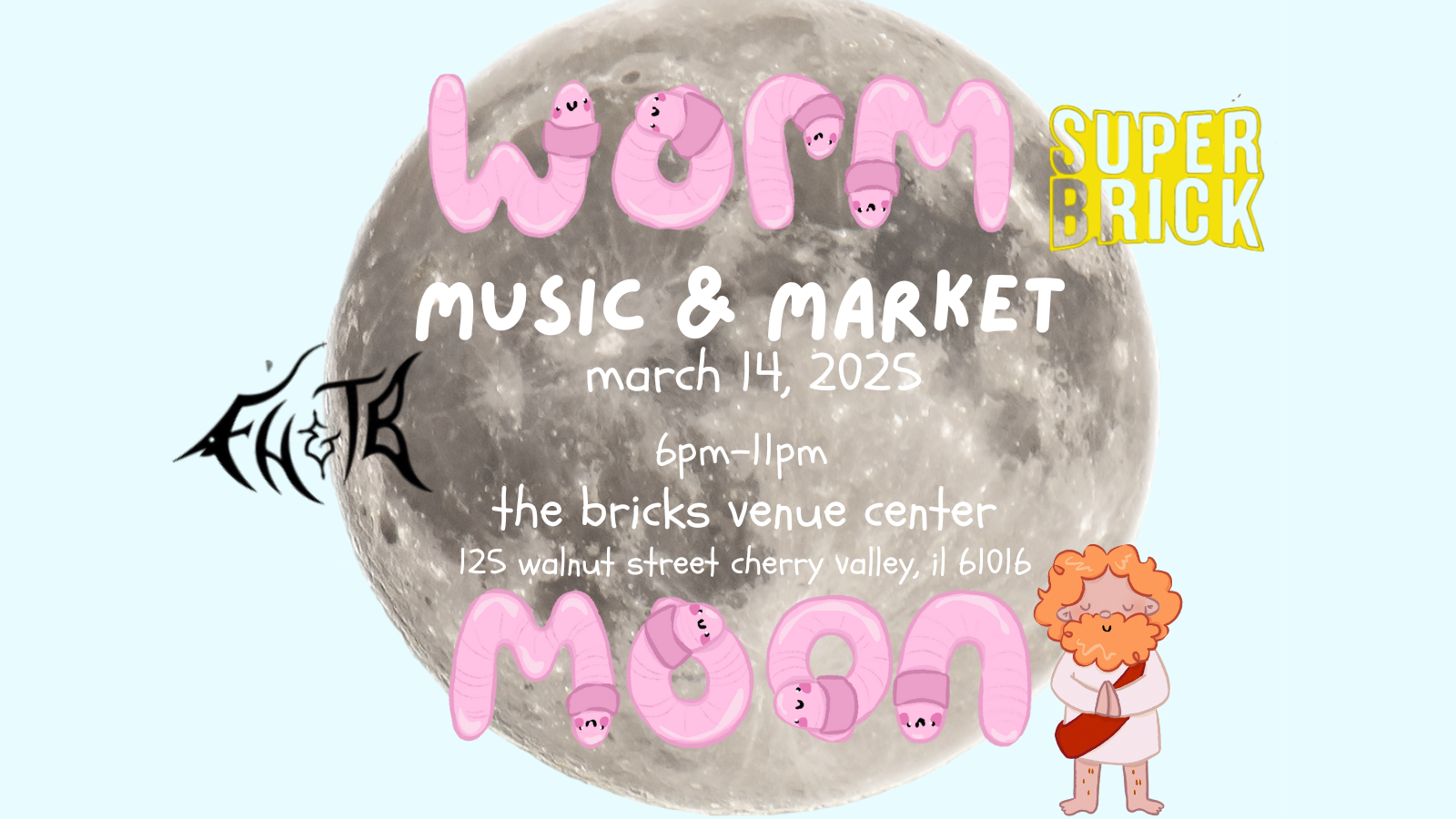Buffet vs. Plated Dinner at Weddings: Which is Right for Your Big Day?
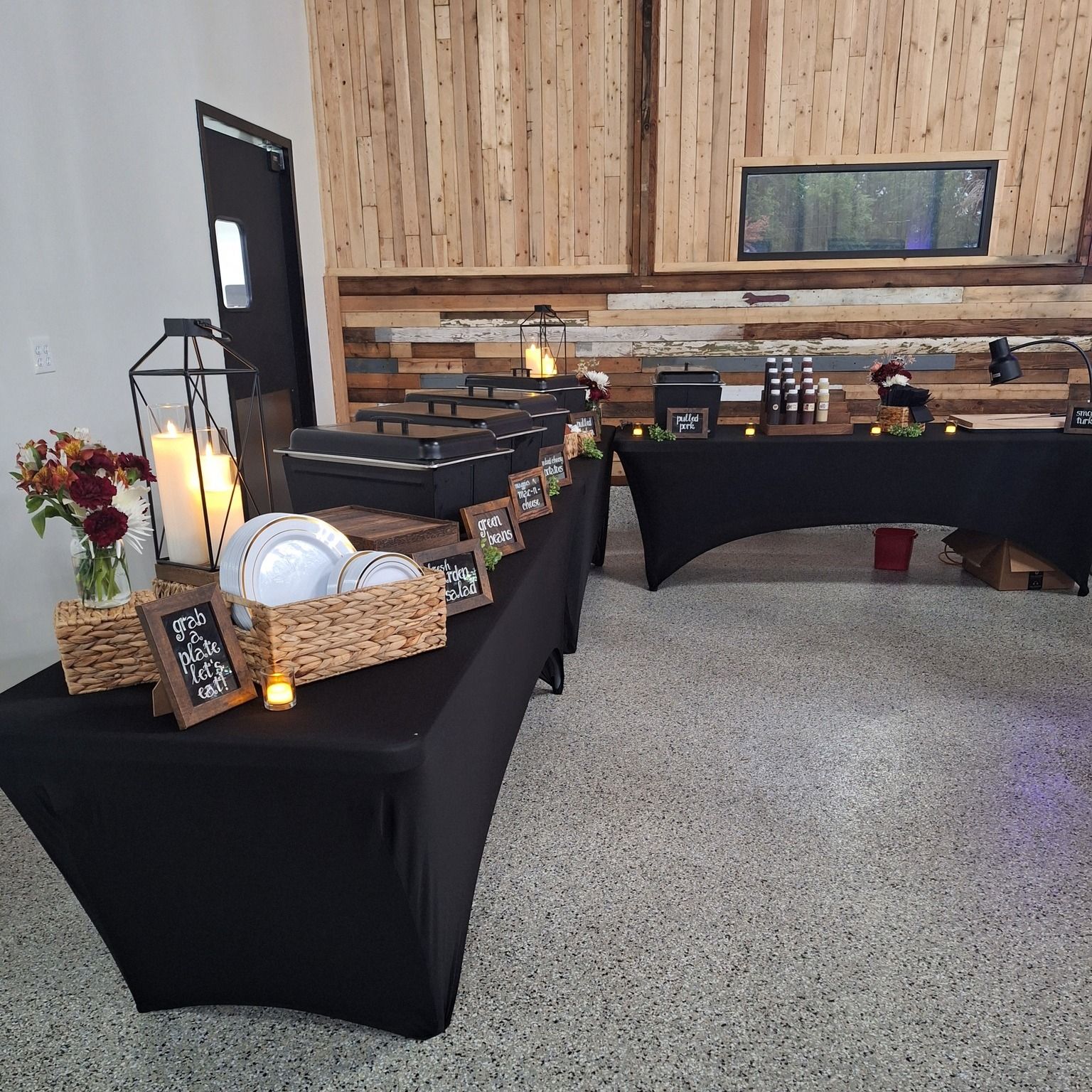
When planning a wedding, one of the most significant decisions you’ll make revolves around the type of meal service to offer your guests. Should you go with a traditional plated dinner or opt for the more casual, flexible buffet style? Both have their advantages, but the right choice depends on your wedding style, guest list, and budget.
Plated Dinner: Elegance and Sophistication
A plated dinner is the epitome of elegance and formal dining, making it a popular choice for weddings with a more classic, refined vibe. Here’s why you might consider this option:
Pros:
1. Refined Atmosphere: A plated dinner adds an air of sophistication to your event. It’s a more formal service style that aligns with a traditional wedding aesthetic.
2. Personalized Experience: You can offer a set menu with a few options for guests to choose from. This allows you to curate the dining experience and ensure the meal aligns with your wedding theme and preferences.
3. No Long Lines: Guests remain seated and enjoy their meals at the same time, which avoids the chaos of long buffet lines and allows everyone to converse without interruptions.
4. Better Control Over Portions: The kitchen has control over portion sizes and food wastage. You know exactly how much food you’re serving, which can help with budgeting and reducing leftovers.
5. Streamlined Service: With a plated dinner, your guests are served their meals in a timely manner, and the focus can remain on other aspects of the reception, like speeches, dancing, and toasts.
Cons:
1. Cost: Plated dinners tend to be more expensive due to the service staff required and the prep time for multiple dishes. The complexity of the meal can also drive up the price.
2. Limited Menu Choices: While you can offer a few options for guests to choose from, there’s less variety than you’d find in a buffet setting. Special dietary restrictions or preferences may be harder to accommodate without careful planning.
3. Longer Wait Times: While a plated dinner avoids buffet lines, it can still take longer to serve food to large groups, especially if your guest count is high.
Buffet Dinner: Casual and Social
A buffet dinner offers a more relaxed and interactive experience for your wedding guests. It’s ideal for couples who want a laid-back reception or a more interactive dining style.
Pros:
1. Variety and Flexibility: Buffets give guests a wide selection of food to choose from. This allows for a range of dietary preferences and restrictions, making it easier to accommodate everyone.
2. Casual and Fun: A buffet tends to create a more casual, social atmosphere. Guests can mingle while they choose their meals, which makes the event feel less formal and more relaxed.
3. More Food Choices: You can offer a larger variety of dishes, which can be appealing if you want to showcase different types of cuisine or cater to diverse tastes.
4. Cost-Effective: Buffets can be more affordable than plated dinners, especially when you consider the reduced staffing needs. There’s also less worry about waste, as guests serve themselves based on their appetite.
5. Faster Serving: Instead of waiting for servers to bring food to each table, guests can help themselves, which can reduce the time it takes to serve everyone, particularly at larger weddings.
Cons:
1. Less Formal: While some couples love the laid-back vibe of a buffet, it may not fit with the vision for a more formal or traditional wedding. It can feel less polished than a plated dinner.
2. Lines and Crowds: During peak times, guests may have to wait in long lines to fill their plates. This can create congestion in the reception space and disrupt the flow of the evening.
3. More Logistics: Buffets require careful planning to ensure everything stays fresh, hot, and plentiful throughout the event. You’ll also need more space to set up the buffet stations and ensure there’s enough staff to keep everything replenished.
4. Less Controlled Portions: Guests might over-serve themselves, leading to food waste. You also can’t guarantee that everyone gets the same portion sizes, which might be an issue if you have specific catering goals or budgets.
Factors to Consider When Choosing Between Buffet and Plated Dinner
1. Wedding Size: Larger weddings might benefit from a buffet style, where guests can serve themselves more quickly. Smaller weddings might feel more intimate with a plated dinner.
2. Budget: Buffets are generally more cost-effective, but if you want a more upscale, personalized experience, a plated dinner might be worth the extra cost.
3. Formality of the Event: A traditional, black-tie wedding might call for a plated dinner, while a more relaxed, destination wedding or outdoor celebration could lean toward a buffet style.
4. Guest Experience: If you want to keep things casual and allow guests to interact more freely, a buffet works well. If your goal is to maintain a sense of elegance and make dinner part of the formal experience, a plated dinner is a good fit.
5. Dietary Restrictions: Buffets are more flexible in terms of accommodating special dietary needs. However, a plated dinner can also offer options for guests with dietary restrictions if planned carefully.
What’s the Right Choice for You?
Ultimately, the decision between a buffet or plated dinner depends on your wedding vision, the atmosphere you want to create, and your budget.
- Choose a plated dinner if you want a more formal, elegant affair and are willing to invest in a refined dining experience. It’s perfect for a traditional wedding with sit-down dinners and a more intimate vibe.
- Choose a buffet if you prefer a more relaxed and social atmosphere, have a larger guest list, or need more flexibility with your menu. It’s also a great way to offer a wide variety of foods while keeping costs in check.
No matter which option you choose, the key is to make sure the food reflects your style, enhances your celebration, and satisfies your guests’ appetites for both delicious meals and meaningful memories.


